16. You’re a Big Boy Now (1966)
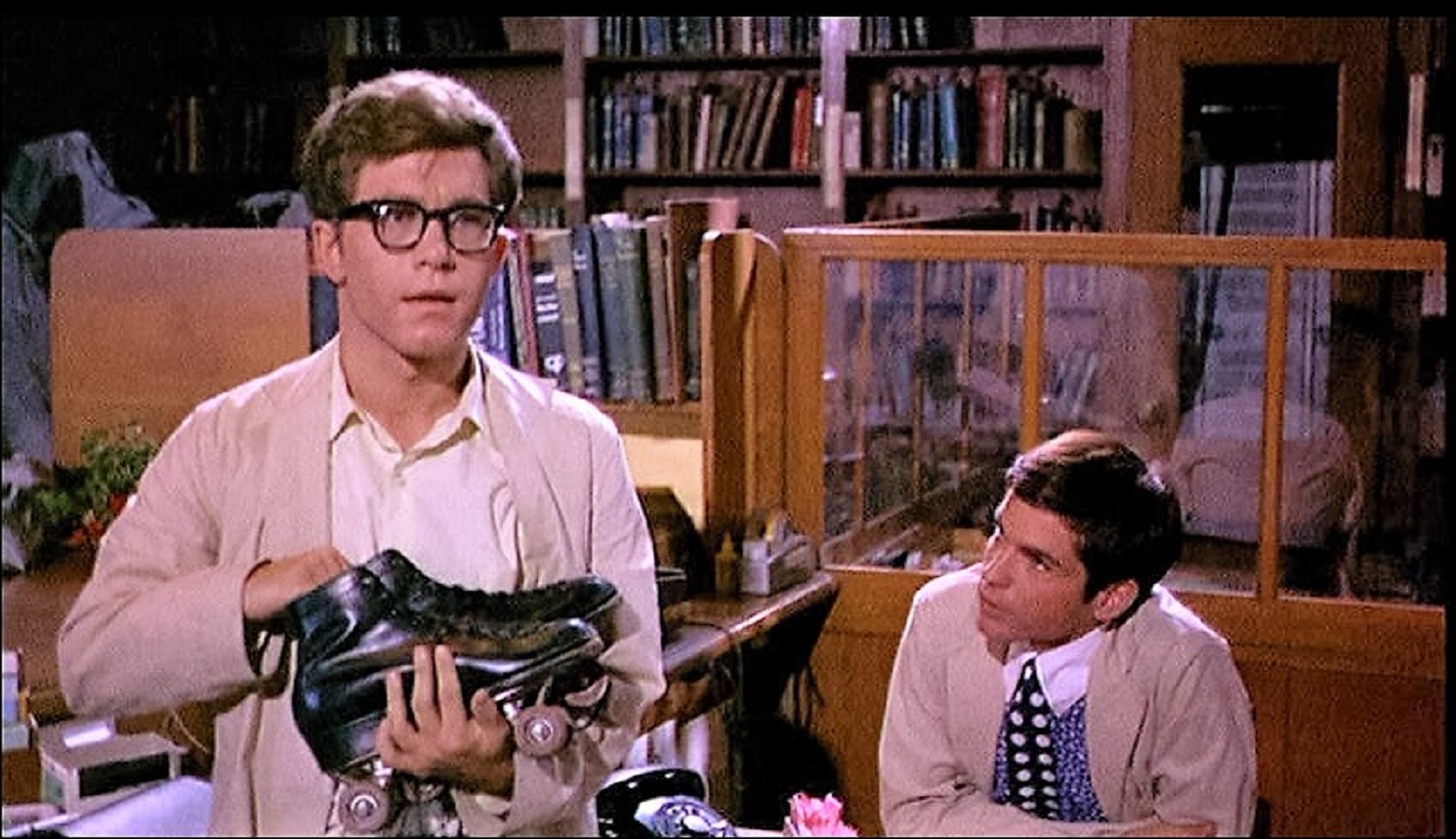
After becoming the ‘wunderkind’ of UCLA, Coppola put his mind to directing an adaptation of David Benedictus humorous coming-of-age novel “You’re a Big Boy Now” as his thesis film. The entire endeavour became a large production for the school that ran over budget (an omen for his career future, perhaps?) but created plenty of critical and commercial success for the young filmmaker (including a Best Supporting Actress Oscar nomination for Geraldine Page), although nowadays it’s largely forgotten, as is most of director’s pre-”Godfather” work.
It’s centred around Peter Kastner’s loveable and sheltered virgin forced to grow up by his parents. He attempts to do this by going out into the swinging 60s and ‘make it’ with a girl, and as the saying goes – hilarious consequences ensue.
Sixties stalwarts Karen Black, Rip Torn and Page turn in ever-reliable support in a zany comedy with plenty of excitable style by the greenhorn filmmaker that all owes more than a little debt to the style of Richard Lester’s 60’s work. The humour doesn’t always land but its enthusiasm is contagious, making for an amusing early entry yet hardly essential viewing.
15. Gardens of Stone (1987)
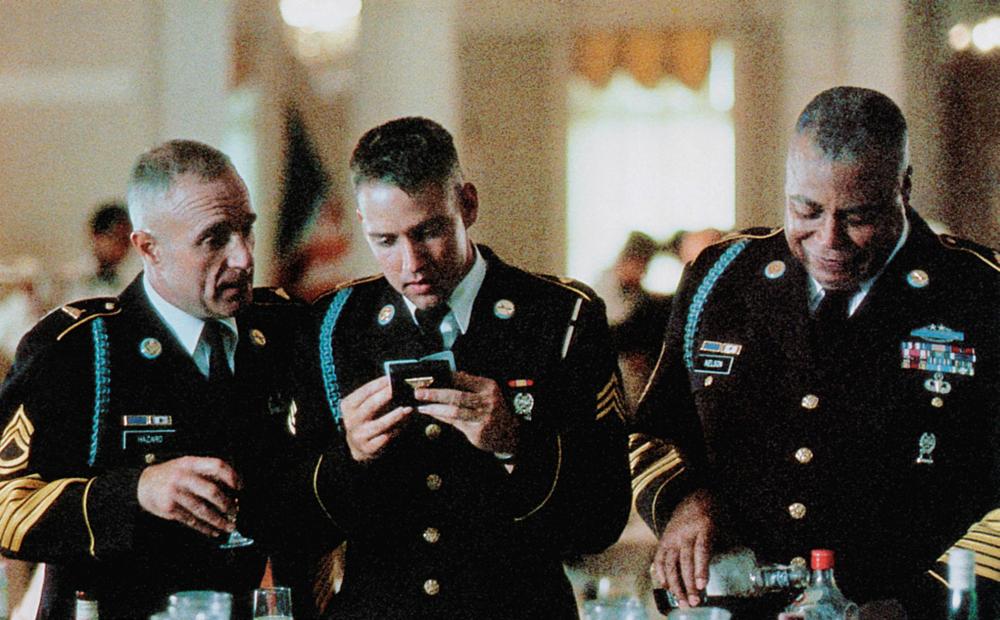
Last time Coppola went to the Vietnam War he returned with a milestone film, so the concept of him tackling the subject again certainly seemed like an enticing concept. Yet this late 80’s movie feels worlds apart as it trades boisterous flair and nightmarish atmosphere for a somber and subdued roll-out focused around the loss at home, instead of the madness on the front line.
Strangely enough, it’s likely the filmmaker’s most workman-like performance in the director’s chair – stylistically there’s nothing individual about it, but luckily he reunites with regular collaborator James Caan for what can be considered a career-best performance. The actor is fantastic as the disheartened yet fatherly military man, with him and James Earl Jones making a cracking double act as the duo of military trainers who fiercely oppose the war but want to teach their ‘boys’ to make it home in one piece.
Ultimately the entire picture was marred by tragedy – Coppola’s son died in a boating accident during production, the fault of the original lead Griffith O’Neil (he was then replaced by D.B. Sweeney). This might explain why the director is on auto-pilot, yet there is a sombreness that seeps into every aspect of the film that speaks about the unjust death of several young men that must been an outlet for him as well.
On those terms, the film succeeds as it’s quite an emotional ordeal, never playing the melodrama for cheap or schmaltzy moments, even if the Sweeney plot-line doesn’t fully engage and overall the subject and thematics have been told before and better. An effective drama if unremarkable in the grand scheme of a colourful filmography.
14. Peggy Sue Got Married (1986)
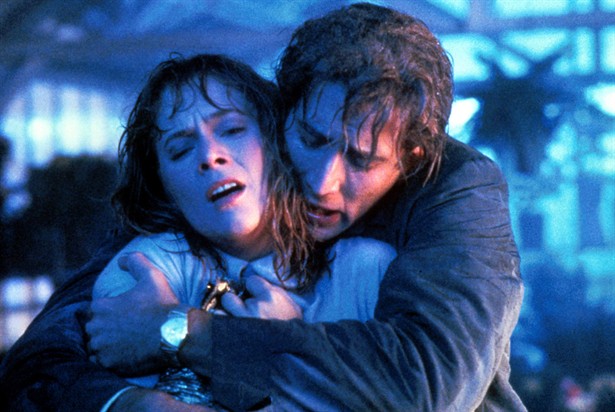
In the midst of Coppola’s journeyman period he took this romantic comedy / time travel melodrama on assignment, but managed to make a fine financial success and finally set his aspiring actor nephew Nicolas Cage (after finally being promoted to lead in his uncle’s movie) onto his path to being an eccentric leading man.
The story features a regretful, middle-aged Kathleen Turner magically returning back to her high school youth with a second chance at redeeming an uneventful life. The premise speaks to your average run-of-the-mill Katherine Heigl pap, yet with Turner in the lead, and a better-than-average script, the whole event is done quite thoughtfully and maturely. It focuses more on observing the lost dreams of youth and the burden of growing old, instead of your typical high-concept pratfalls that usually go hand-in-hand with the concept.
While Cage was a refreshingly offbeat romantic lead at the time, his helium voiced schtick is a little grating in retrospect. Yet you can’t deny the offbeat power to his earlier performances and this film finally gave him an interesting opportunity for his specific brand of acting to get him the next big role.
The loving detail paid to the early 60s feels like the Coppola touch in this otherwise impersonal entry, but still, he hardly sleepwalks through the movie, getting the most out of his script and his performers, whereas if a hack would’ve done it, it wouldn’t have been half the film this decent watch is.
13. The Rainmaker (1997)
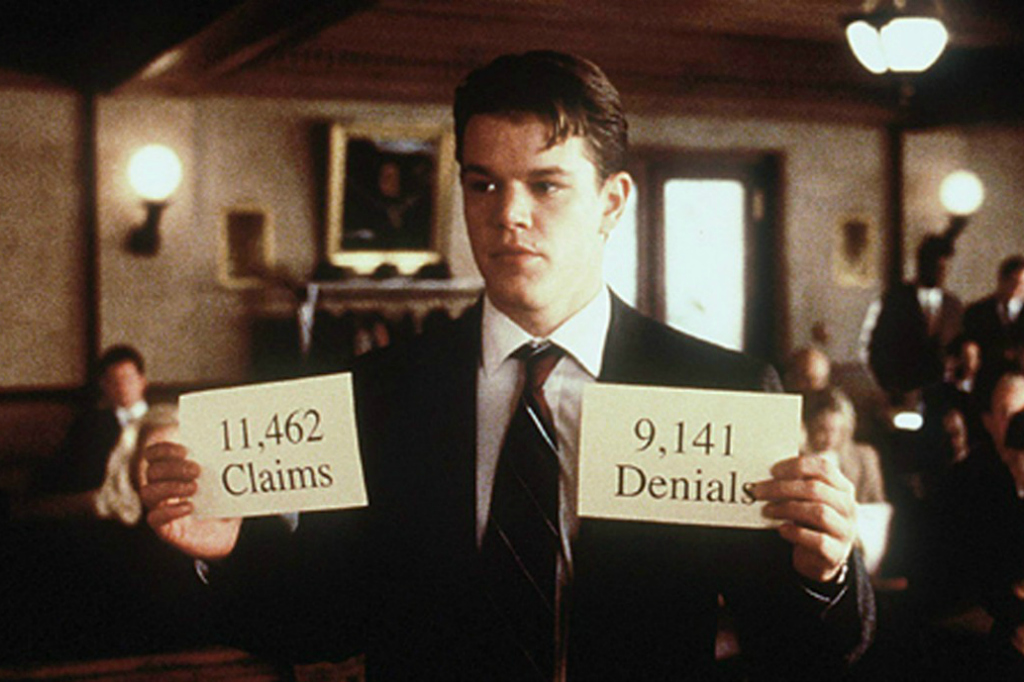
Throughout the 90’s you couldn’t throw a stick without hitting a dozen John Grisham movie adaptations at your local cineplex – it was studio catnip. By the tail end of the decade, the fad was at an end, but regardless, Coppola took on the novelist’s thickest and best regarded tomb and used his efficient screenwriter’s mind to chip it into a watchable and engaging movie.
Regardless of Coppola creating a good yarn out of proceedings, the tropes of Grisham’s brand are paint-by-numbers for your average formulaic courtroom drama. Take for example, the lead, Matt Damon’s young idealistic lawyer – a good boy from the wrong side of the tracks that not only takes on a giant corporation for a terminally ill client, he also closely befriends his elderly landlord and romances a waif in an abusive relationship.
The character is so infallible you’re surprised he doesn’t wear underpants on the outside! Yet Damon’s charm and earnestness manage to win us over. Alongside some cracking dialogue and drama, a colourful cast of supporting actors truly excel – Danny DeVito’s shameless yet loveable ambulance chaser, Mickey Rourke’s scuzzy alpha male of a boss, and of course, Jon Voight in fantastic hate-able form as the arrogant yet deadly sharp corporate adversary.
It’s all a case of ‘seen it before’ and Coppola’s attachment is the definition of a ‘money job’ yet its light pace, enjoyable characters, and involving (regardless of how transparent it is) story of ‘David vs Goliath’ in the courtroom make for the best adaptation of the author’s work, regardless of how high pedigree that really is. But just like the typical airport paperback it’s based off of – you’ll enjoy it while it lasts but once finished, you’ll quickly forget about it.
12. Tetro (2009)
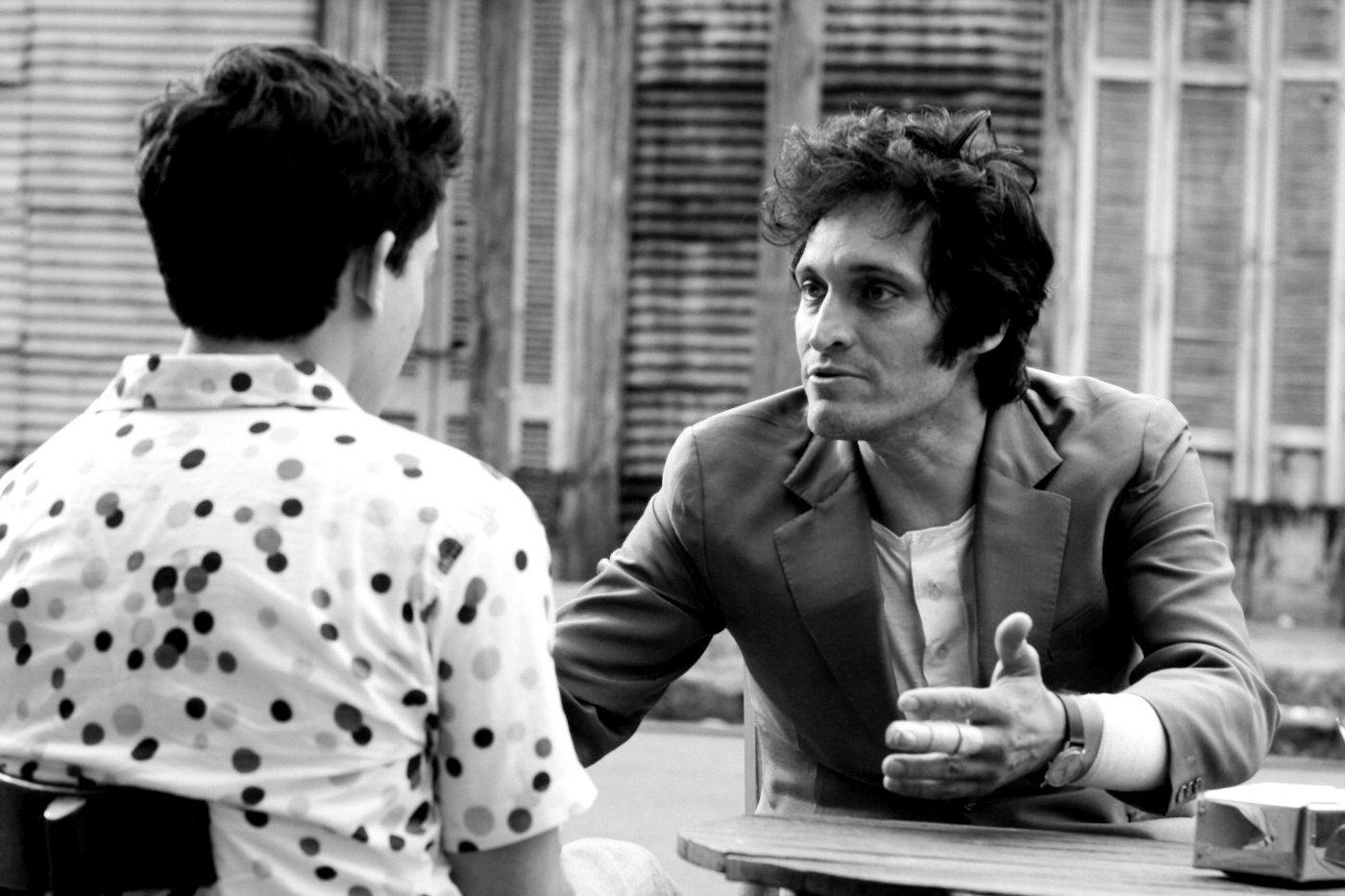
Signifying Coppola’s first original screenplay since 1974’s “The Conversation”, this movie feels like a breezy joy for the director, finally free of his financial obligation from the damage made by “One from the Heart”. He returns to his recurring fascination with the troubled dynamic between brothers and families that hold dark secrets, yet the film is more successful as a frothy love letter to the stylised grit of Antonioni and De Sica.
Vincent Gallo plays that age-old adage of troubled genius writer, who in this case is holed up in seclusion Buenos Aires’ Italian quarter. Yet things get shaken up with a surprise visit from his naive younger brother (Alden Ehrenreich) who’s escaped from military school. Plenty of unearthed secrets, heated musings on art, and devastating blow-ups ensue.
As mentioned before, Coppola has an unbridled passion on display and directs the piece with delicate care, easily showcased in a sumptuous black-and-white visual style that echoes his heroes of the Italian Neo-Realism. However, his finesse tends to overwhelm the fairly uninvolving main plot regardless of the heart put into it – Ehrenreich is likeable in his feature debut and holds his own against his veteran company, yet the plot doesn’t give him much to do besides react to his surroundings.
Gallo, on the other hand, is an adamant pro at playing the hate-able yet endlessly fascinating artist (he also plays one in real life), yet his specific role is never able to build the necessary sympathy the audience needs to invest in his troubled existence, and a late twist meant to explain his antisocial outlook comes so late in the game that it’s hard to be swayed the other way before the story’s abrupt ending. Still, there’s plenty to recommend for fans of cinema; Coppola’s enthusiasm helps hold it up over its flaws and it’s most likely the last interesting film we’ll ever get from him – hardly a last hurrah, but a worthy try, regardless.
11. The Outsiders (1983)
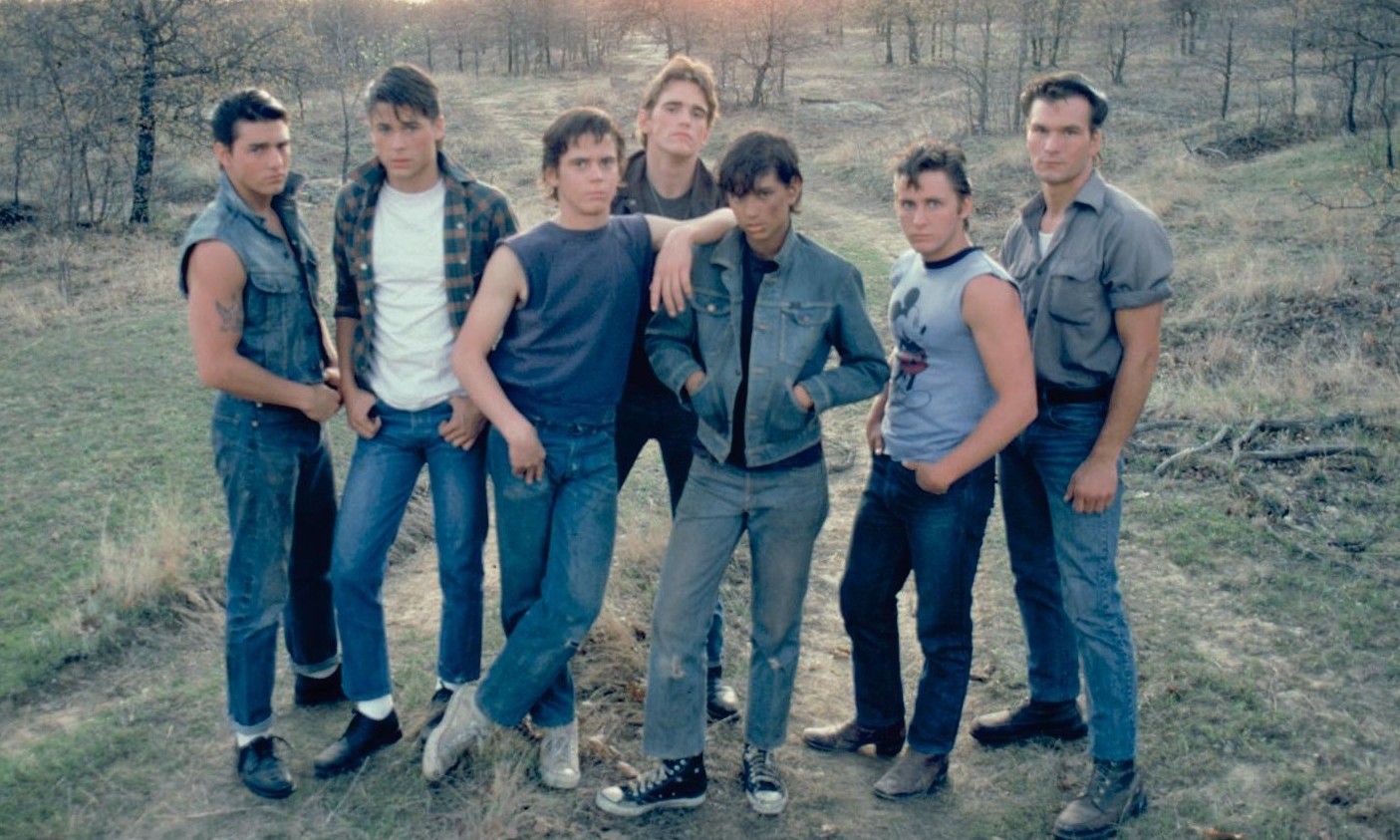
The 80’s equivalent of YA novels, the S.E. Hinton books were a series of popular youth stories that Coppola took on after the aching failure collapse of Zoetrope Studios. Tackling the classic premise of the underprivileged vs. the rich elite – the greasers vs the jocks – the director pulls together one of its decades most scorching ensembles of (then) unproven talent (Patrick Swayze, Tom Cruise, Matt Dillon, Emilio Estevez, the list goes on) where not a single main cast member wouldn’t enjoy some form of success immediately after.
Unfortunately the simple premise never truly hits the potential it promises on paper. Whilst Coppola does a worthy effort of creating a grounded and enticing world, full of greasy-haired denim wearing thugs, gang brawls and tragic love affairs, the director unfortunately rocks the boat with an overly melodramatic score, stiff dialogue, and two main leads (C. Thomas Howell and Ralph Macchio) who, while likeable, lack the raw energy of the rest of the cast and fumble their big dramatic moments.
It’s a shame, then, Coppola feels a little on autopilot. Perhaps after the stylistic gamble of his former movie he obviously played it safe to make a more accessible and commercially viable movie, and there’s plenty to enjoy from its main ensemble and its pulpy genre world regardless of its simple stumbling blocks. It’s achieved a huge cult status that holds strong to this day, but it still stands as the lesser of his two Hinton adaptations.
10. Youth Without Youth (2007)
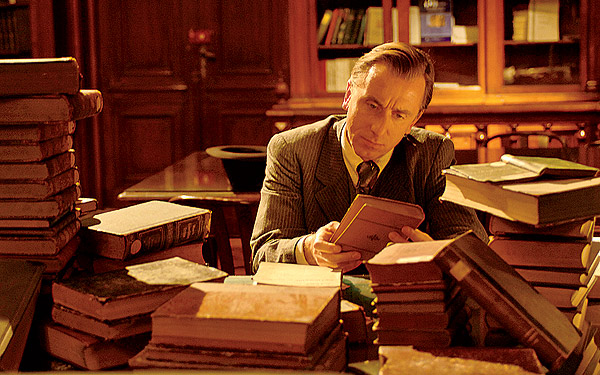
After an unexpected 10-year gap away from the director’s chair, Coppola returned with this experimental indie flick. Part tragic romance, part pulpy head-scratcher and a whole lot of arthouse existentialism musing, it’s a fascinating if messy return to form.
An interesting premise starts us off on this odd journey – Tim Roth’s elder is struck by lighting and is suddenly rejuvenated decades back in age, only to get caught up in espionage, weird science, and a doom-laden romance. The structure spans decades and is played loose yet elaborate, unfocused yet detailed, and dips its toes in several interesting tales while giving none necessary time to blossom (an enticing Nazi subplot is it’s biggest casualty). Still, even if the twisty story can be too strange for its own good at times, it’s at least never boring.
It’s fascinating to see Coppola so passionate behind the camera again – its free-flowing devil-may-care spirit is an attitude not seen by the director since he made “The Rain People” and finally the maestro is shed of his financial burden of the former decade, as this film was made on the cheap (although its visuals are rich) without studio interference and full creative freedom.
It might not always be forthcoming in what it wants you to feel and experience (and to be honest, it probably only makes full sense to Coppola himself), yet it’s a blast to go on this odd journey and see the director reinvigorate with youthful energy that parallels his film’s protagonist.
9. One from the Heart (1982)
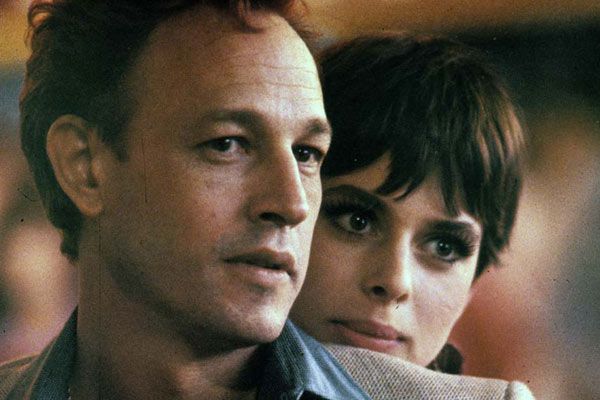
Coppola’s “Heaven’s Gate” – a costly failure that caused the director to file for bankruptcy and left his reputation tarnished beyond repair. Sure, he found ways to survive, but the creative freedom he thrived on was gone for good. Which brings us to the movie itself – one must say his ambitious mandate for a new type of cinema blatantly failed, but even if the end product is a bit messy, it makes for fascinating viewing regardless.
From the conceptual stage, the film has a lot going against it – it strives to mix the grounded melodrama of a marriage-on-the-rocks with the hyper-stylised aesthetic of studio backlot production. It’s an ode to old school Hollywood musicals, but without proper musical numbers and a soundtrack full of a gin-soaked and monotone Tom Waits, it wants to be a whimsical romantic comedy – yet is depressing, downbeat and sadly uninvolving.
All faults are accurate but strangely don’t break it, in fact Coppola almost makes it all work with a gobsmacking style that is truly something to behold – no shot is throwaway, no transition simple, no detail unscrutinised.
Yet regardless of all the fancy (and ridiculously expensive) bells and whistles that feed the eyes, the core story just doesn’t grip – Teri Garr and Frederic Forrest play an unsympathetic couple that you’ll be hard-pressed to root for a romantic reunion (they seem better off without each other, to be honest). The former is at least a fun screen presence, but there’s no denying the two lack the star power and screen presence Coppola’s huge ambitions need, and both become buried underneath it. On the other hand supporting players Raul Julia and Natasha Kinski flourish in the whirlwind of offbeat colour and random dance numbers.
Ultimately it makes for a fascinating watch, even with it’s stumbling blocks, and must be enjoyed in the sense that it was the last time Coppola would be left with the keys to the candy store – his artistic ambition is one to behold for film fans, regardless of the wobbly foundation it was built on.